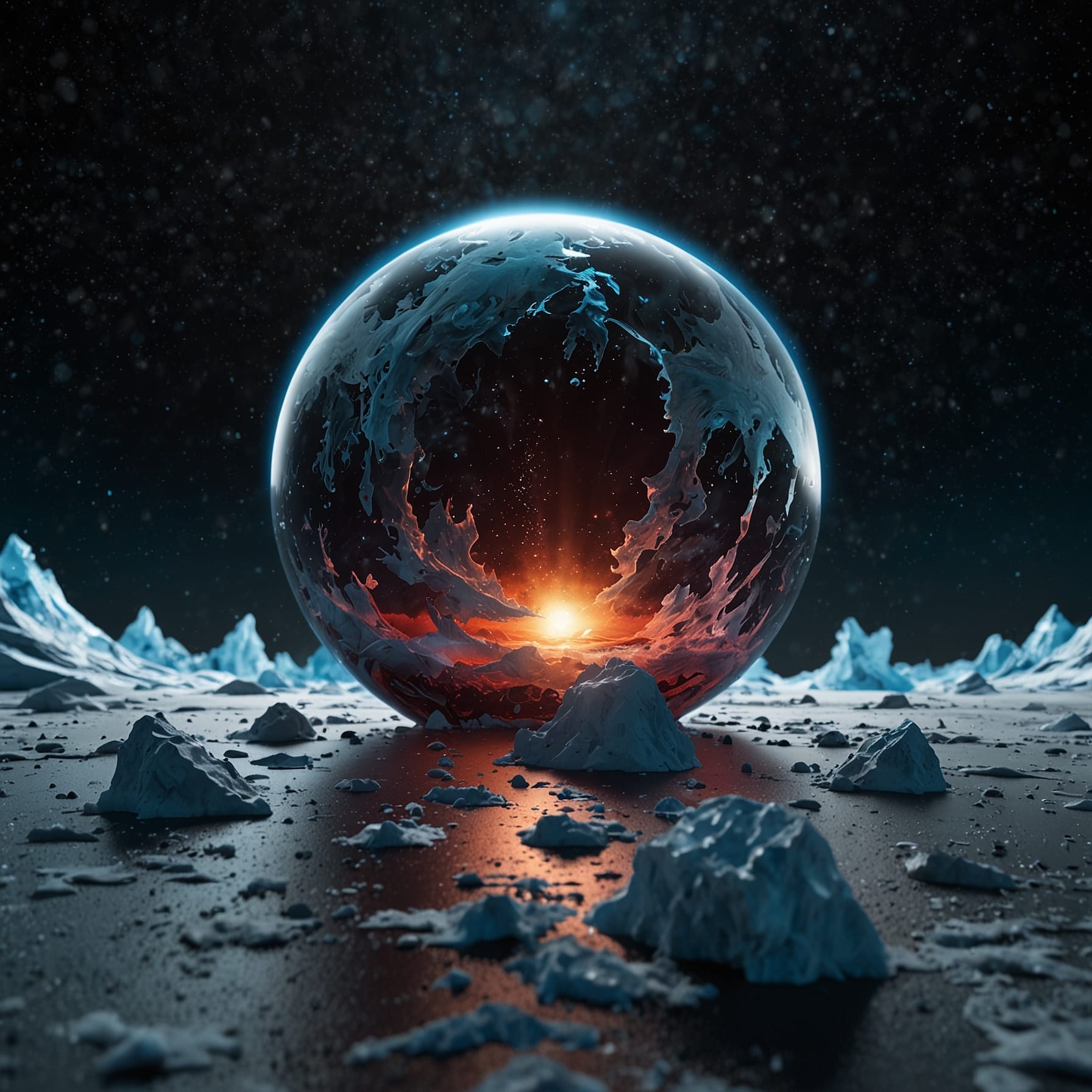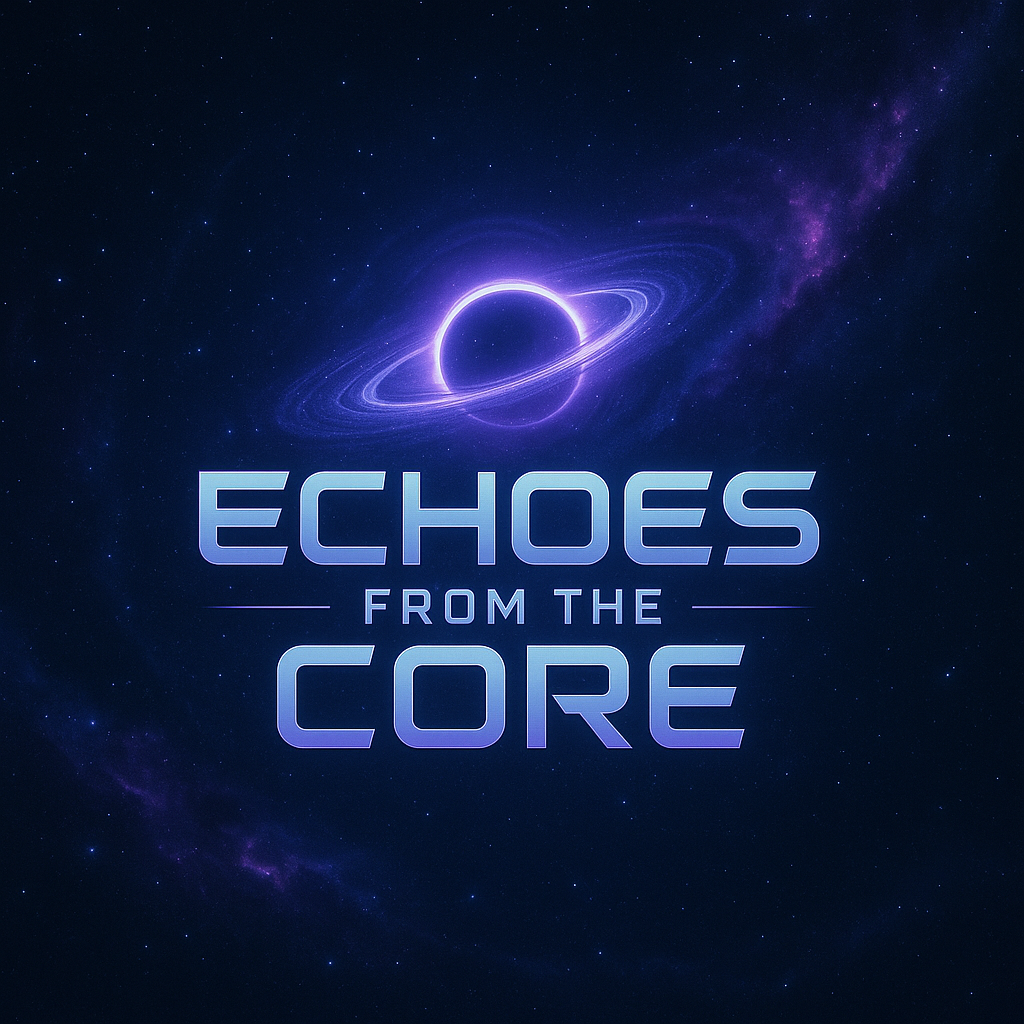Frozen Sun

Astrophysicist Arjun Patel peered at the star’s readouts, his face pale beneath the dim glow of the observation lamps on the Helios Runner. Their target, Omega-3 Centauri, had once blazed with temperate heat—but now the charts showed core temperatures plummeting at impossible rates. The vessel’s thrusters hovered in geosynchronous orbit as Patel and his team donned EVA suits, preparing to investigate.
Clad in insulated exoshells, they exited the airlock onto the star-facing platform. The sun, once a vibrant sphere of incandescent plasma, hung as an ink-black orb, its corona flickering like a dying ember. Icicles had already formed along the star shield's framework. Patel placed his hand on the shield’s reinforced window, watching frost crystals bloom across the protective glass like frozen lace.
“It’s a starvation collapse,” Patel murmured into his comm. “The star’s fusion reaction has shut down. Internal pressures have inverted. We’re witnessing the Sun’s death throes.”
Below the platform, maintenance bots—designed to harvest stellar energy—lay inert, their solar panels encased in ice. The station’s reactors diverted all remaining power to heat channels, but it was futile. Each moment brought colder readings. The team scrambled to collect plasma samples from the coronal loops, hoping to study the anomaly.
As Patel lowered the sampling probe, a sudden thermal surge erupted from the star’s surface—an unstable reignition that melted ice into steam, catapulting superheated plasma toward the platform. The team raced back to the airlock, barely sealing the hatch as the star collapsed into a dense ice sphere, its final flare swallowed by the void.
